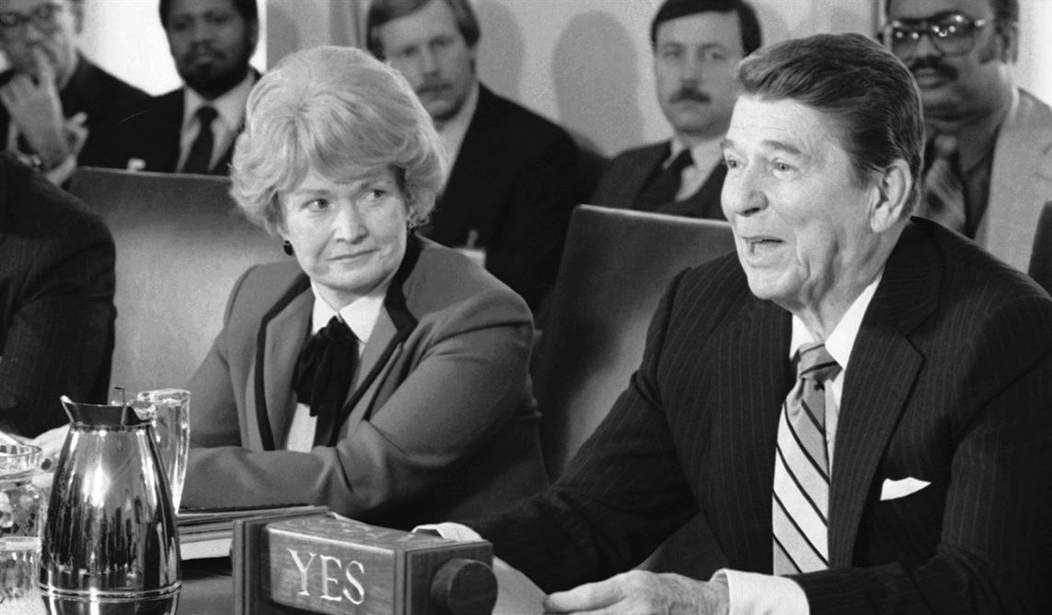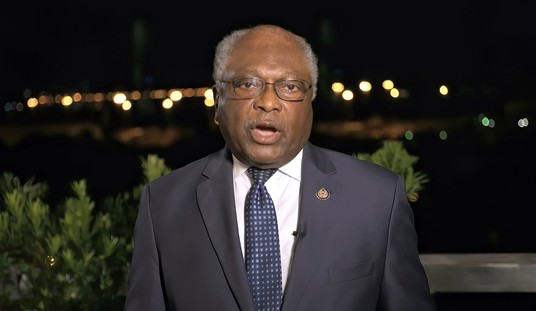Right-wing extremists! We hear the term incessantly from leftist media. Conservatives are labeled Fascists, haters, racists and sexists, ad nauseam. On the other hand, “progressives” are called mainstream, centrist. And while vilifications of conservatives abound, depictions of leftist extremes are rare. Democrats are supposedly champions of the middle class while conservatives or Republicans are portrayed as radical and favoring the “1%”.
But how can a movement which highlights liberty and limited government possibly be considered extremist? How do various ideologies compare with one another and where does conservatism fit?
The answer can seem uncertain because the word “conservative” is also used to describe a wide range of differing governments. European conservatism differs greatly among the EU countries – and from the US. And what’s called “conservative” in theocracies, such as Iran, bears no resemblance to conservatism in America.
Further clouding the issue is that after World War II, while the Soviet Union was recognized as on the left, Nazi Germany was branded a right-wing dictatorship. But the word Nazi stood for National Socialism, and Socialism is always identified with the left. And with what we know today about both regimes, how could two murderous, repressive, police-state systems be on opposite sides of the political spectrum?
But the picture becomes clear when that spectrum is viewed as a range or continuum of government, from tyranny or dictatorship, where there are no rights, only power, to anarchy, where functional government is nonexistent. If one extreme is totalitarian government, and the other extreme is no government, then somewhere in the middle there must be some type of prudent, limited government. What would be the characteristics of such a system?
According to Thomas Jefferson, author of the Declaration of Independence, our original charter of liberty, a good government is one that restrains men from harming one another, leaves them free to regulate their pursuit of wealth and self-improvement, and doesn’t “take from the mouth of labor the bread it has earned.” He also defined most bad government as a result of too much government.
Recommended
In these few words, Jefferson epitomized the characteristics of limited government: rule of law, reasonable taxation, free enterprise and property rights. What else would such a government include? The right to life, liberty, and the pursuit of happiness, tenets of the Declaration, plus the freedoms enumerated in our Bill of Rights.
These are the principles of American conservatism and of limited, centrist government.
Moving leftward on the spectrum, socialist policies begin to appear. Wealth is transferred from those who earned it to those who didn’t, reducing incentive on both sides of that equation. Free markets and free citizens are what create wealth; socialism only rearranges it. While our state governments can constitutionally have programs for the poor, for much of our history, such policies were off limits to the federal government.
Farther to the left, the state starts taking control of production. This is a characteristic of Fascism, where business is privately owned, but in name only, and government dictates all of its workings, as well as other aspects of society. On the extreme left are the various forms of totalitarianism, including Communism (or Marxism) and Nazism. Theocratic regimes also display the same repressive traits.
Right of center we find Libertarianism, which advocates freedom to the point of license and isolationism to the point of peril. In contrast, conservatism espouses policies which promote societal safety and responsibility, such as regulation of dangerous drugs, as well as an eye on foreign instability or aggression, lest it metastasizes into violence on our own soil.
On the extreme right is anarchy, where freedom is also inhibited, but by lawlessness rather than despotism. Anarchy rarely lasts as it’s usually replaced by some type of authoritarianism, often by the same thugs who fomented the chaos. It’s ironic that the Antifa hoodlums, claiming to fight the Right, are using these same fanatical tactics.
So what’s the best government? American conservatism! It strikes the ideal balance and it’s at the center of the political spectrum. Kind of a Goldilocks government; not too hot, not too cold. Just … right.

























Join the conversation as a VIP Member